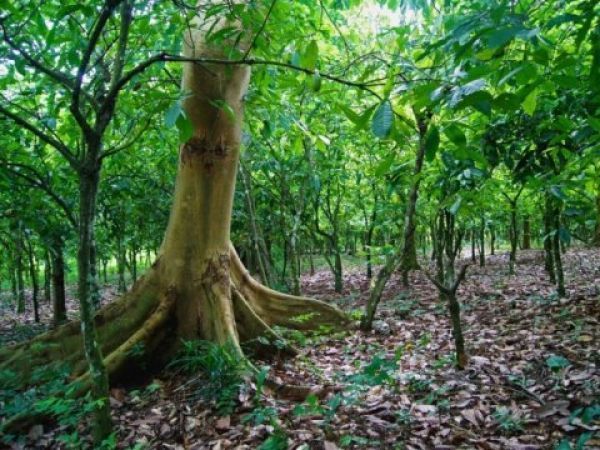As chocolate becomes ever more popular, demand for cocoa keeps rising. For production to keep up, agricultural practices have to become more sustainable. ETH researchers tested what shade trees can contribute to solving this problem.
Chocolate consumption is increasing around the world. Yet, cocoa farmers, most of them smallholders, have to cope with ageing plantations, decreasing soil fertility, increasing rates of pests and disease, and the consequences of climate change. As a result, cocoa could become scarce in the foreseeable future.
Stable yields thanks to sustainable farming systems
Researchers in the Sustainable Agroecosystems group at ETH Zurich aim to find solutions for these problems. “Our goal is to develop sustainable farming systems that maintain or ideally even increase agricultural production over the long term, and provide as many ecosystem services possible,” explains Johan Six, head of the group. Amongst others, ecosystem services include the maintenance of biodiversity of flora and fauna and the sequestration of carbon from the air into soils and biomass, which should help to mitigate climate change.
Read more at ETH Zurich
Image: Cocoa plantation in Ghana: Under a shade-tree cover of 30 percent, shade trees had a positive effect on cocoa plants compared to areas without shade trees. (Credit: Copyright Wilma Blaser/ETH Zurich)


